Demystifying TV Technology: Mini LED vs OLED TV – Which Is Right for You?
It’s over 200 million TVs were sold worldwide last year claimed to be the best at something, and if you look online or go to a store, you’re gonna see LED, mini LED, micro LED, qled, Nano qled, and a ton more TV acronyms, and it’s confusing when you want to buy something new. But for this blog, you can focus on the two that I think matter the most right now: Mini LED vs OLED TV.

Mini LED vs OLED TV Explained
And I’ve been making TV videos for a long time. I love the technology behind them. Like I said, it’s confusing; you can get caught up in the brands and which one’s better. So I wanted to take the technology choices and break them down for it, and hopefully make a better buying decision for you along the way, maybe even save you some money.
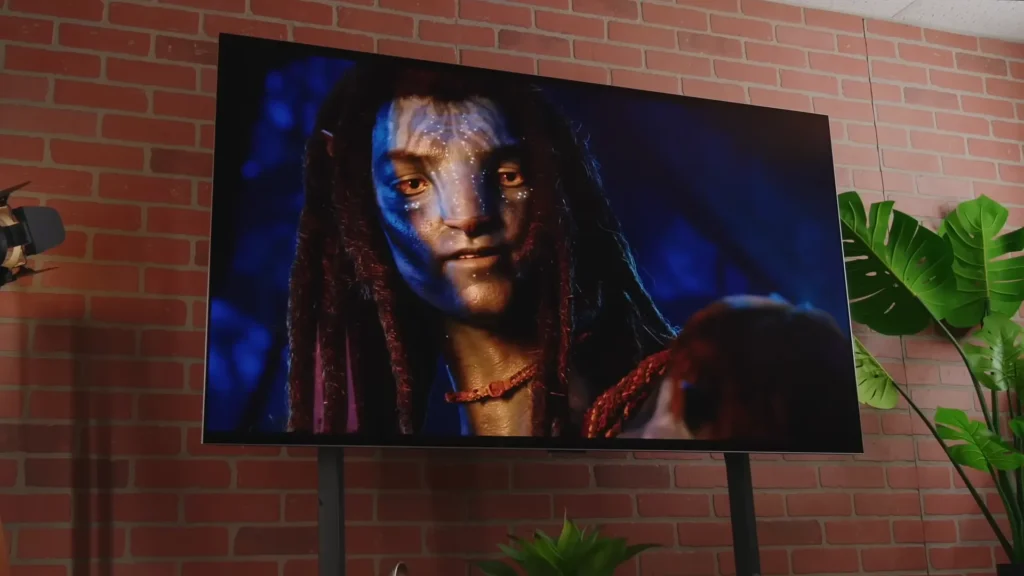
Alright, so for this video, we’re using some of the most recent LG OLED TV (LG OLED evo G3 Review) and mini LEDs available. So they have sort of the most up-to-date version of the tech. We’ve got in mini-LED vs OLED TV the LG OLED TV evo G3 and the Sony x93l mini LED. But just know that like regardless of the brand, the tech behind them and the tech is powering these sets is more or less the same.
Evolution of OLED TV Technology – Mini LED vs OLED TV
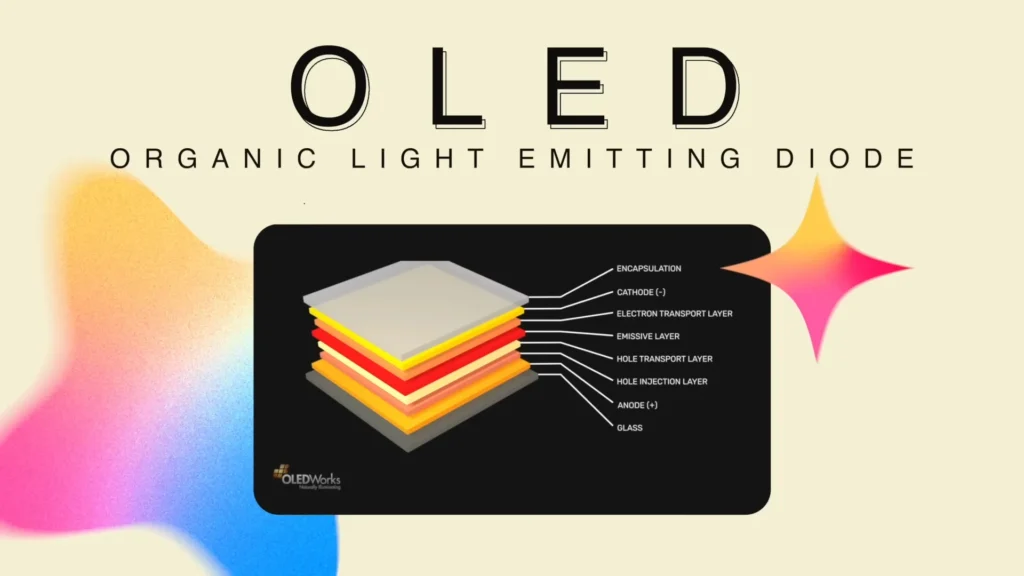
Now for a long time, OLED technology was like largely just chilling unchanged. Last few years, though, there have been gigantic updates to these sets. So OED just stands for organic light emitting diodes. You have each individual pixel on the screen, I think has its own light source which can turn on, change color, and then when needed turn off. Which is how OLED sets get really sharp contrast levels and black levels because pixels are just off. But one of the big knocks on OLED for many years was that they didn’t get bright enough. And that’s actually changed recently, the technology called W OLED and MLA technology.
So the W in W OLED refers to diodes emitting white light as well as red and green and blue. And MLA, which just stands for micro lens array, it’s sort of a layer of concave lenses over the diodes to amplify the light from the diodes passing through it. Nerd talk aside, all that means is that OLED TVs have gotten way brighter over the past few years. Keep in mind not every OLED TV is W OLED or has MLA Tech, something to look for if you’re considering an OLED set.
But even though a lot of OLEDs have gotten brighter, it’s still nothing compared to the brightness that mini LED brings to the table. So OLEDs are producing brightness ranging from around a 1000 to 2000 nits, that’s generally like the brightness of your cell phones for example.
Unveiling the Mini LED Brilliance – Mini LED vs OLED TV
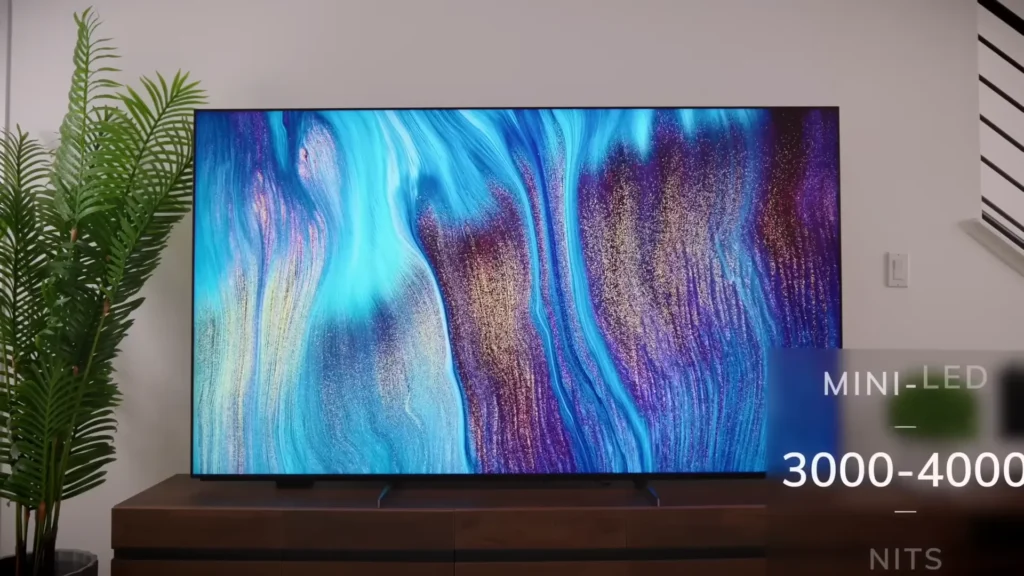
Mini LEDs are pushing it up way more, around 3,000 nits and can get as bright as 4,000 nits thanks to the mini LED backlight array in those TVs. Eventually, you’ve got thousands of LED lights on the back, allowing these TVs to get insanely bright.
So you might be thinking brighter is always going to be better, but there’s such a thing as a TV being a cube, right? So what ends up happening in some instances with mini LEDs is the brightness will overpower shadows, making them look washed out and gray. Which could lead to a lot of blooming in scenes that are meant to have a higher contrast. So if you’ve got something bright next to something dark on screen, you’re getting a gradual fall off from light to dark as opposed to kind of a sharp line between the two extreme colors.
Now you can do a lot of tweaking in the settings with mini LEDs, but it’s never going to be perfectly black. You might get really dark gray, you’re never going to get those true blacks you get with OLED because those LEDs are still on.
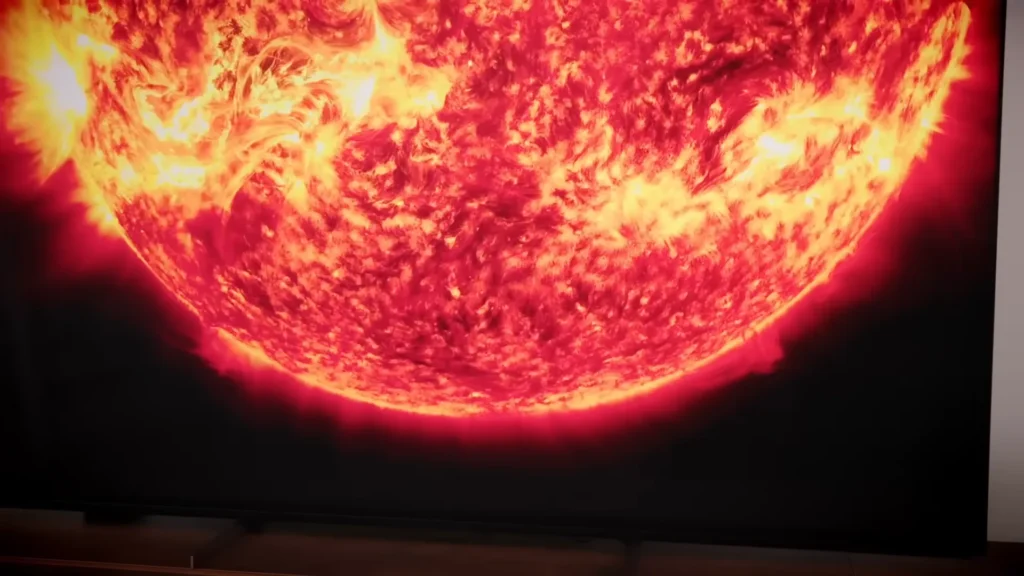
I know I said I didn’t want to get too caught up on particular brands and sets, but for the mini LED discussion here, I’ve got the x93l. And if you wanted a set that is like kind of the best of both worlds, this thing is like unbelievable. Look at these black levels and tell me that doesn’t look OLED. I had to bring my eye to like an inch of the screen to see that it was just like a super dark gray and not actually black. Mini LED on the high end gets really good and really close to what OLED can do. But if you want that perfect infinite contrast on your set, for those brights to be plenty bright and those blacks to be perfectly black, OLED still king.
So one thing a lot of people might not be considering when deciding between different types of TV is color reproduction. No matter how bright something is, if the color isn’t accurate, then like to me, you’re missing from half the experience of whatever it is that you’re watching. Color reproduction does vary between brands; processing plays a huge role in how accurate the color sets reproduction is. But brightness still matters more because mini LEDs can get way brighter, they can display a wider more accurate color range. So mini LEDs are better equipped to display every color of whatever you’re watching exactly as a creator or director intended, especially if you’re watching content in HDR.
W OLED Journey – Mini LED vs OLED TV
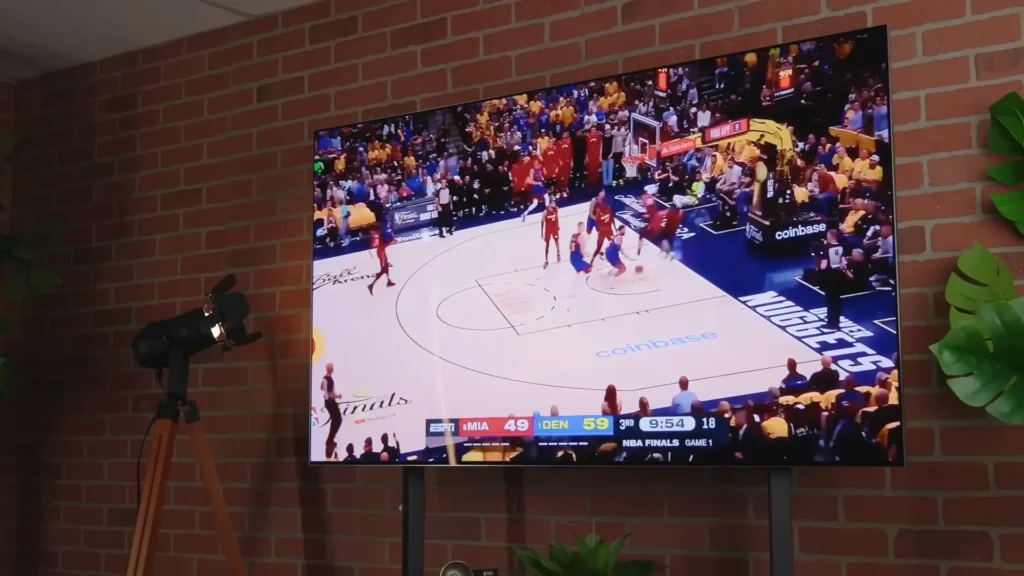
W OLED sets, like I mentioned, have gotten brighter with each iteration. Because of the brightness limitations that are still there, it also means the color accuracy is typically lower. OLED TVs are getting closer to that high level of color reproduction in HDR content. When you get into SDR content, that’s when you see a huge drop in color reproduction in OLED sets. That’s where a new technology called QD OLED steps in. It kind of bridges that gap between OLED and mini LED, but that is for a different discussion.
Now, unless you put these sets next to each other, most people are never going to notice a big difference between the two. If both TV types are calibrated and say perfectly, and both are displaying HDR content, they’re going to look great. Even if typically mini LED is just a little bit better.
Picture Quality, Design and Durability – Mini LED vs OLED TV
So now, picture quality is obviously hugely important when it comes to deciding which set to buy. But there are other factors that matter like the design and also, you know, how much it’s actually going to cost to buy. OLED TVs are known for a really thin design. Seems to be getting even thinner and thinner. In fact, some OLED TVs don’t even come with a stand, they just want to be mounted flush on your wall. But something is that thin and it comes to technology generally, you know it’s going to cost more money.
Mini LED has gotten thinner over the years, but they’re still, you know, as thin as maybe a picture frame that you put up on a wall, which is still incredibly impressive considering all the LED panels and layers the mini LED sets have under that screen. But still nowhere near as thin as an OLED set. But I know what you’re gonna say, John, what about burning, and that used to be something that plagued older OLED sets in the past.
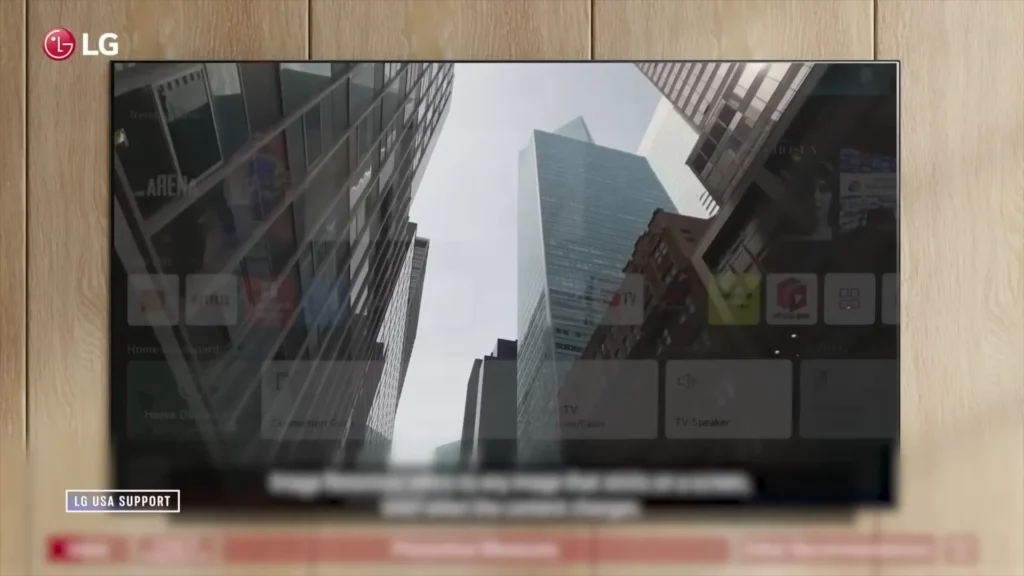
If you don’t know what burn-in is, typically when you’d have a static image on the screen for a long period of time, even when you weren’t watching something that had that image there, you’d still kind of see a shadow of it on the set.
That’s not really much of a concern anymore with W OLED TV sets. It could still technically happen, but you’d have to have something on there for a really, really, really long time. Not something that I consider a risk with W OLED sets. Mini LEDs, though, are of zero risk for burn-in. So that’s an issue that’s kind of I don’t know rumbling around the back of your head. Just to know, you’ll be totally fine with mini LED.
Angles of Vision – Mini LED vs OLED TV
And if that wasn’t enough differences, there’s also differences between the viewing angles of these two TV types. That essentially just means like where you’re sitting in relation to the TV. If you’re right in front of it or if you’re off to the side, that makes a difference with each technology. So OLED TVs have almost 180-degree viewing angles. So you can be sitting way off to the side and the image will not dip in brightness or contrast at all. That’s all the TVs, not just certain brands.
Mini LED, however, has considerably lower viewing angles, and this is going to vary from brand to brand. But the further you go off to the side, it begins to get incredibly washed out. And oftentimes when you see mini LED TVs that are higher priced than others, what they are typically getting for that price is better viewing angles. But when it comes to which TV has the better viewing angles, I mean, OLED, much like black levels, still the king.
Deciphering the Price Puzzle: OLED vs. Mini LED
And that brings us to perhaps the most important part of this video: price. But since you’ve waited to buy a new TV, uh, you’re in luck because one year ago, the cost was crazy different between these two. You could have bought two mini LEDs for the cost of one OLED. The price difference between these two has come way down. And if you look at the very top end, the top OLED and top mini LED, you’re talking now generally less than a thousand dollars. And if you know where to shop and where to look, you can sometimes even find an OLED for less than a mini LED.
Conclusion – Mini LED vs OLED TV
Now there are obviously various differences in the brands and technology they’re offering. You can get expensive OLED or a cheap OLED, same thing with mini LED. If you compare like to like, the price difference is not that giant anymore. Didn’t want to sit here and tell you which TV technology is better for you. Only you can answer that. But at least now when you go and look for the sets, maybe you’ll understand the technology a bit better and hopefully pick out the right one for you.
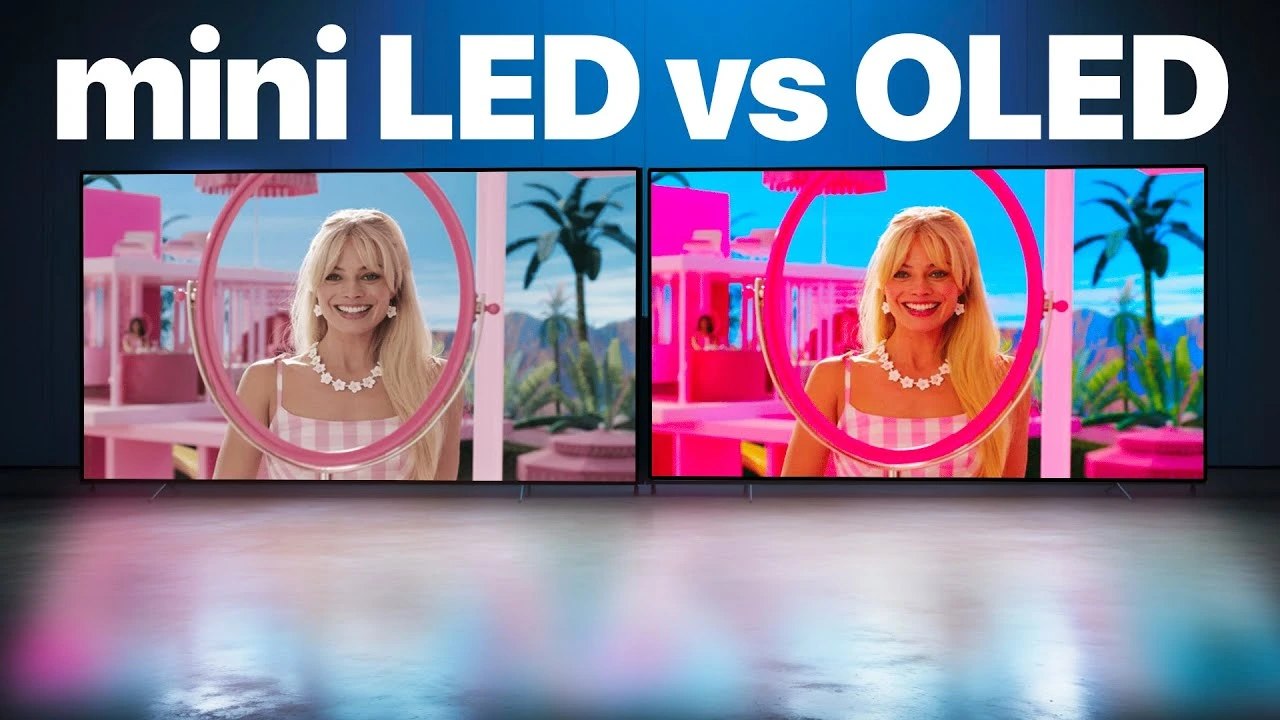



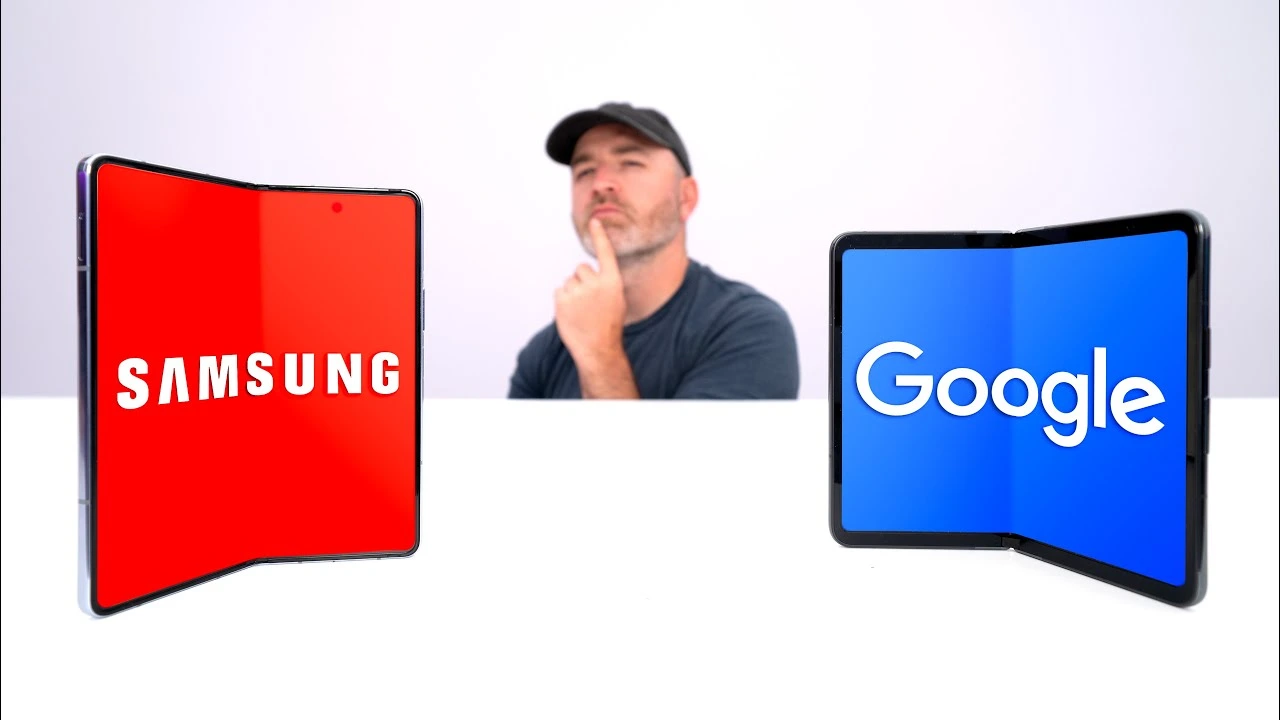
![LG vs Samsung TV [LG G3 vs Samsung S95C] LG vs Samsung TV [LG G3 vs Samsung S95C]](https://qualitytechblog.com/wp-content/uploads/2023/09/LG-vs-Samsung-TV-LG-G3-vs-Samsung-S95C-150x150.webp)
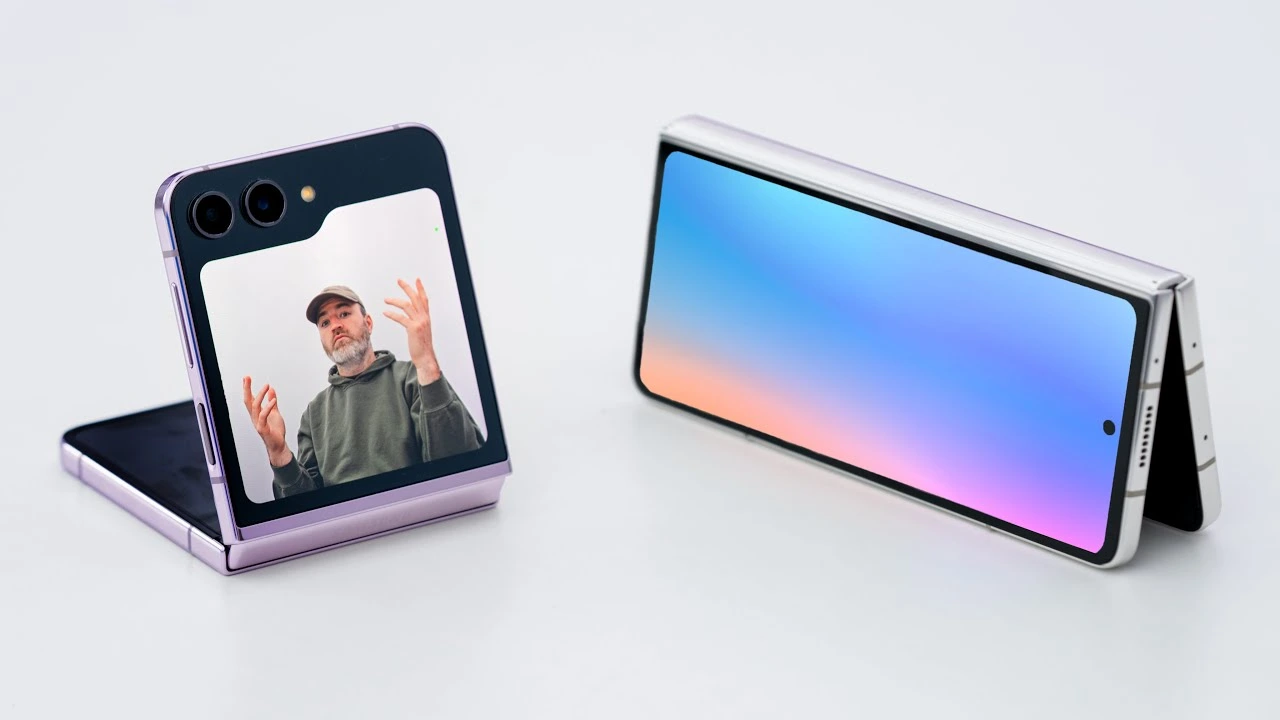

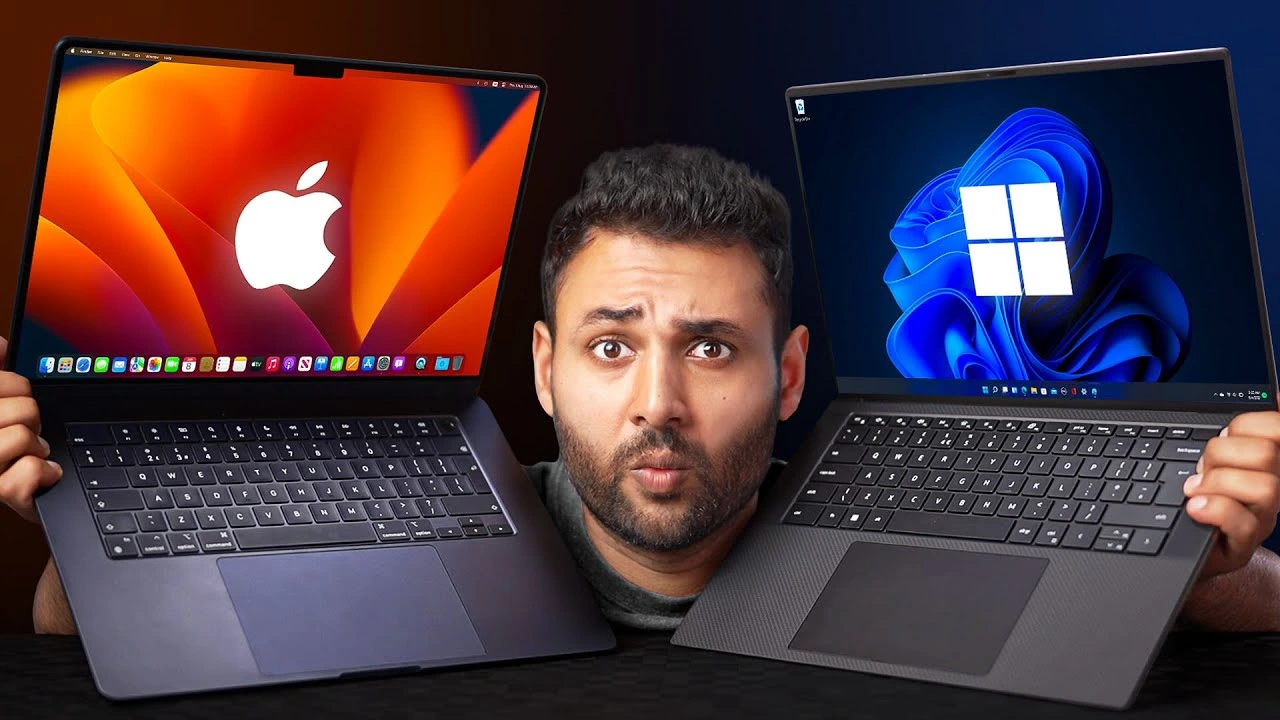
3 thoughts on “Mini LED vs OLED TV”